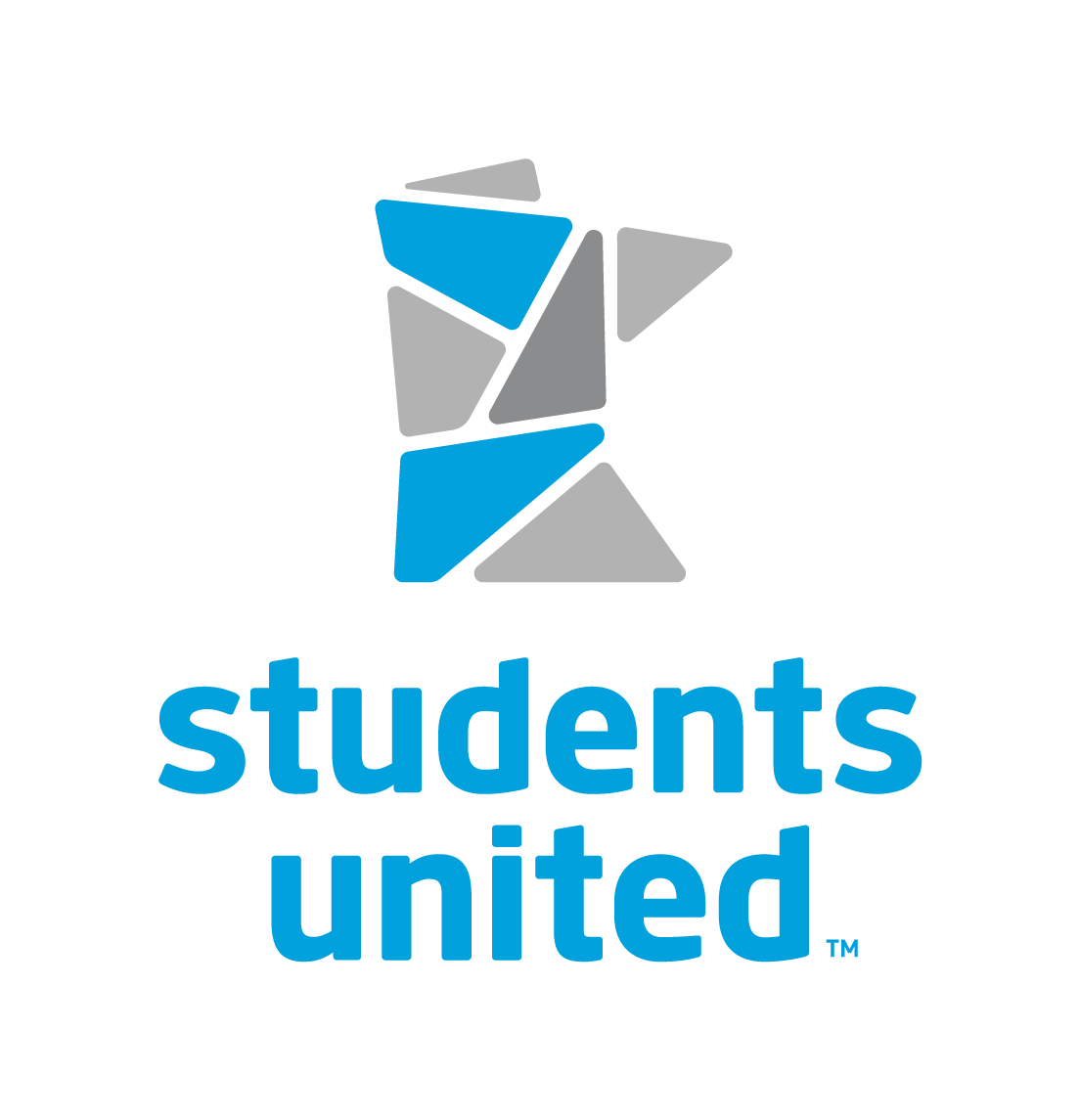WHAT TO KNOW BEFORE COLLEGE
The average college graduate in 2012 left college with $35K in debt. Since, most students begin acquiring debt before having made any substantial financial decisions, here is some advice:
- Tuition isn’t about how much you save, it’s about how much you spend
Different institutions will offer varying levels of financial aid. A private school costing $40K with $20K in financial assistance is still more expensive than a $15K a year public school with no financial assistance. When you understand the costs, you will know what you will need to borrow.
- Choose a city you may want to live in post-graduation
I went to school in Mankato but wanted to work and live in Minneapolis. Competing against all of the graduates already in Minneapolis was more challenging than I thought. “Transplant ” applicants are typically viewed as more likely to leave since they may be less familiar with the town.
- Understand the different types of loans
The two main types of student loans are federal loans and private loans. Federal loans typically have lower interest rates and are provided by the federal government. Private loans are provided by banks and other lending institutions. Private loans typically have higher interest rates or rates that vary (instead of vary, read the word increase). Try to avoid private loans by getting scholarships or working.
Federal loans are either subsidized or unsubsidized. While you’re attending college, the federal government will pay the interest on all subsidized loans. Interest will accrue on your unsubsidized loans.
WHAT TO KNOW DURING COLLEGE
After you understand the types of student loans available, you can make more educated decisions:
- Work
Get a job. College is expensive. It is more expensive when you bury yourself in debt and the debt is accruing interest for 4-5 years. Working will put a limit on your free time and therefore your spending.
- Scholarships
MSU Mankato’s College of Business had more scholarships than applicants when I was enrolled. The application took thirty minutes to fill out and applied me to all scholarships. I thought of it as getting paid thousands of dollars for a half hour of work. Students United also offers six different scholarship programs. The Penny Scholarship and Penny Fellowship are actually due on November 1st! Again, thousands of dollars for very little work and time.
- Get Involved
Employers (who will give you the money to pay back your loans) don’t want just a high GPA. Join clubs, get experience, work on campus, be a student leader and do something to stand out.
WHAT TO DO AFTER COLLEGE
- Welcome to the grace period, use it wisely.
If you are like me, you will have a college degree and ZERO prospects for a job. You have 6 months to find a job before the federal student loan payments add themselves to your growing list of bills. Most private loans do not offer grace periods. I repeat, try to avoid private loans.
- Know what you owe.
When I graduated, I was given access to a web portal with all my loans including what I would owe on a monthly basis. Learn how to live with your current bills. Staying on top of your debt is a lot easier than trying to catch up on it. If you can, try to pay it ahead.
- If you get overwhelmed, there are options
These are last resort measures, but still options (bankruptcy is not one, sorry).
The Good: You can cap your loan payment at a certain percentage of your income, typically 10-20%.
The Bad: Interest will continue to build up the overall amount due, and you may not be making any progress on paying off your loans.
The Good: If you lose your job, you can halt payment temporarily.
The Bad: You must qualify and interest will continue to build up the overall amount due.
Forgiveness:
The Good: Partial or complete debt forgiveness
The Bad: I’ve never seen it happen. I couldn’t even find a news article where it happened.
In conclusion, student loans are typically needed to afford higher education, but they are manageable. Read the embedded links throughout this blog and and the one here for more information.
